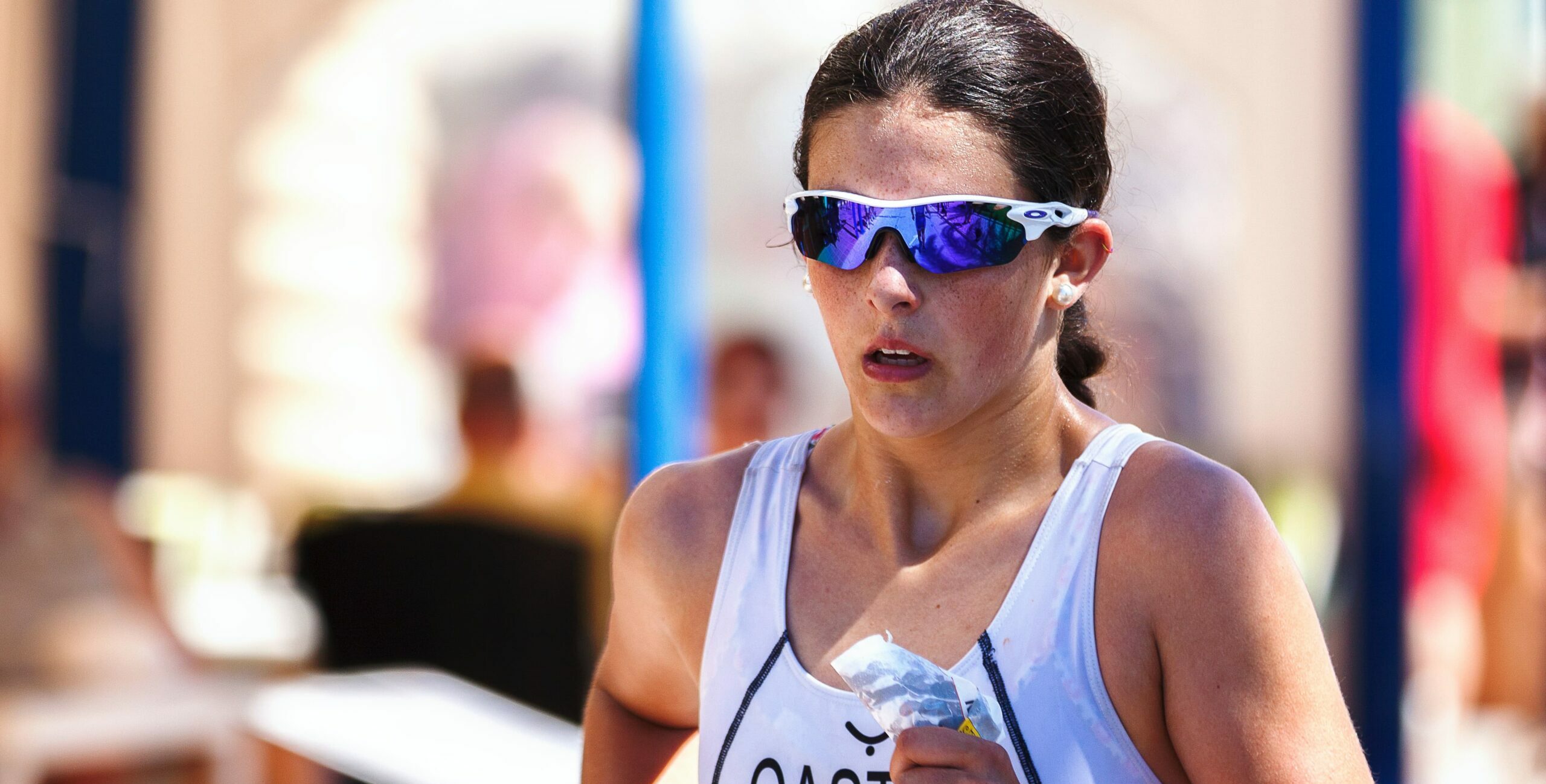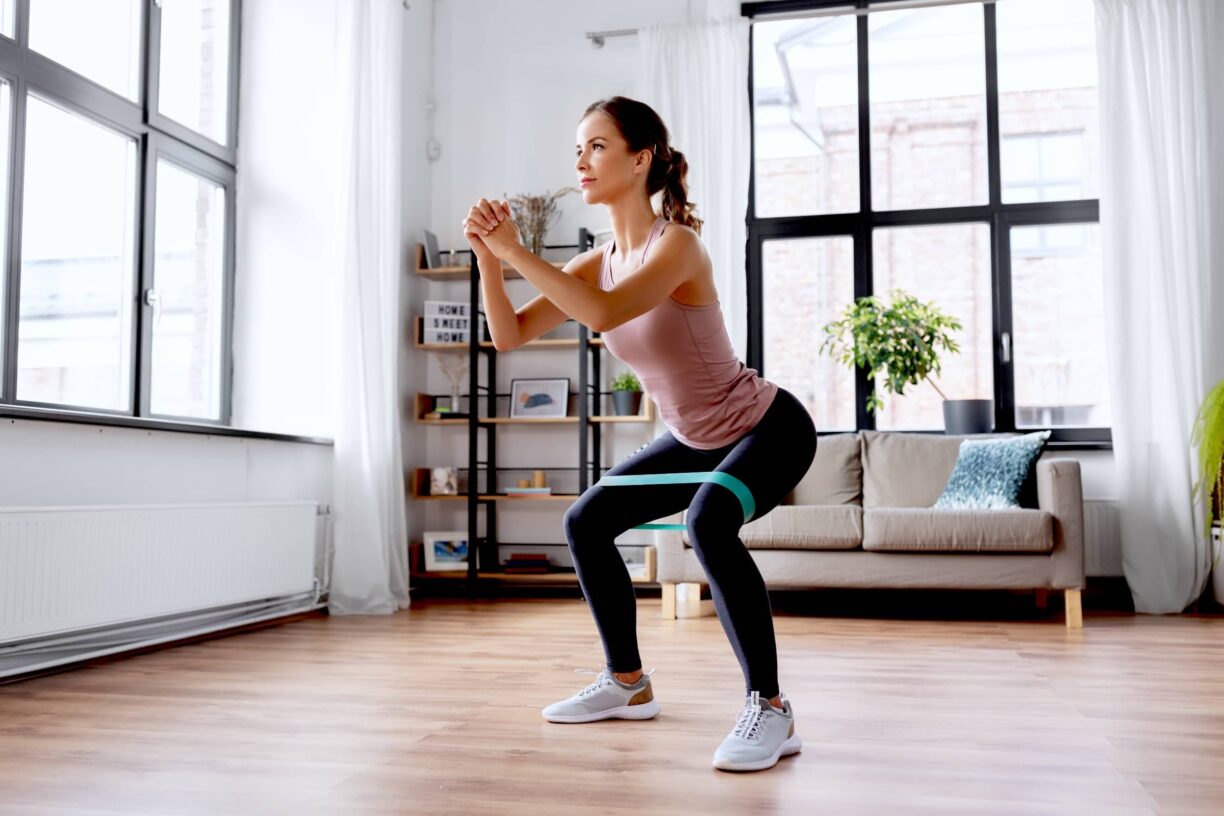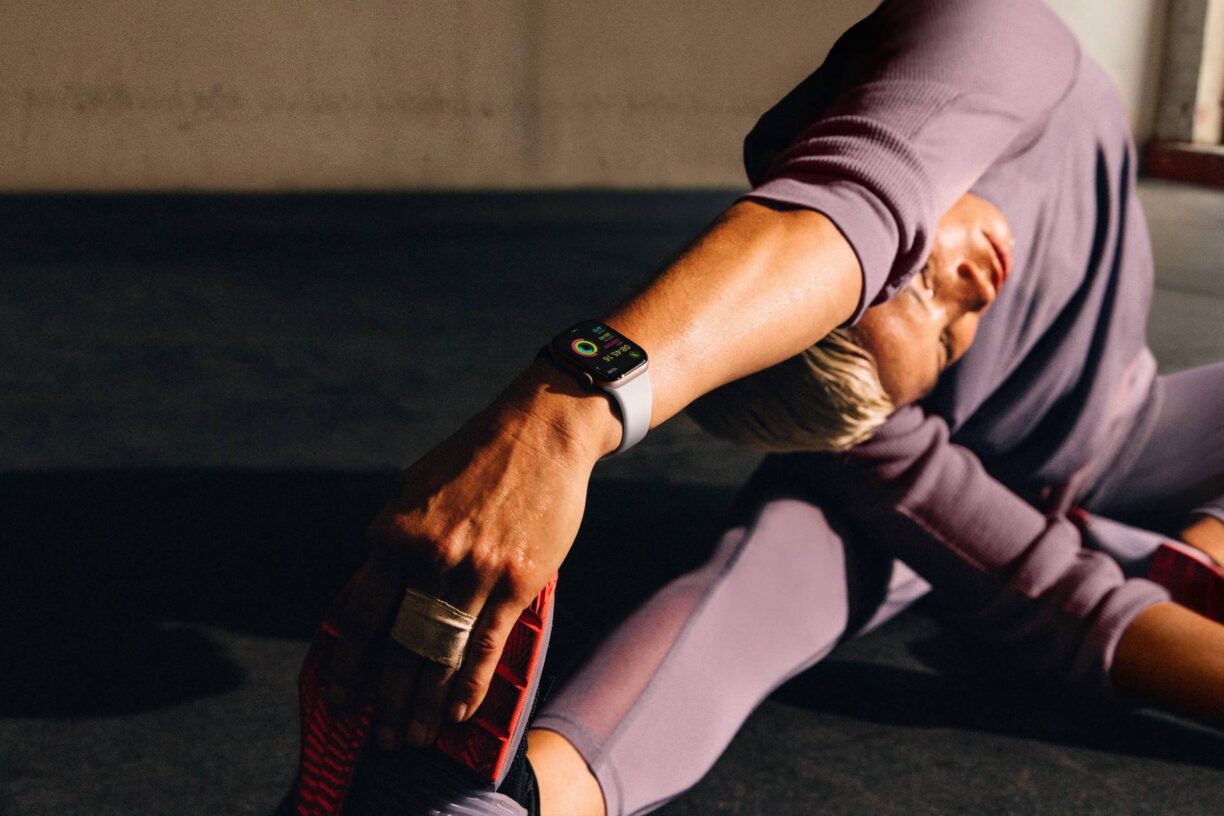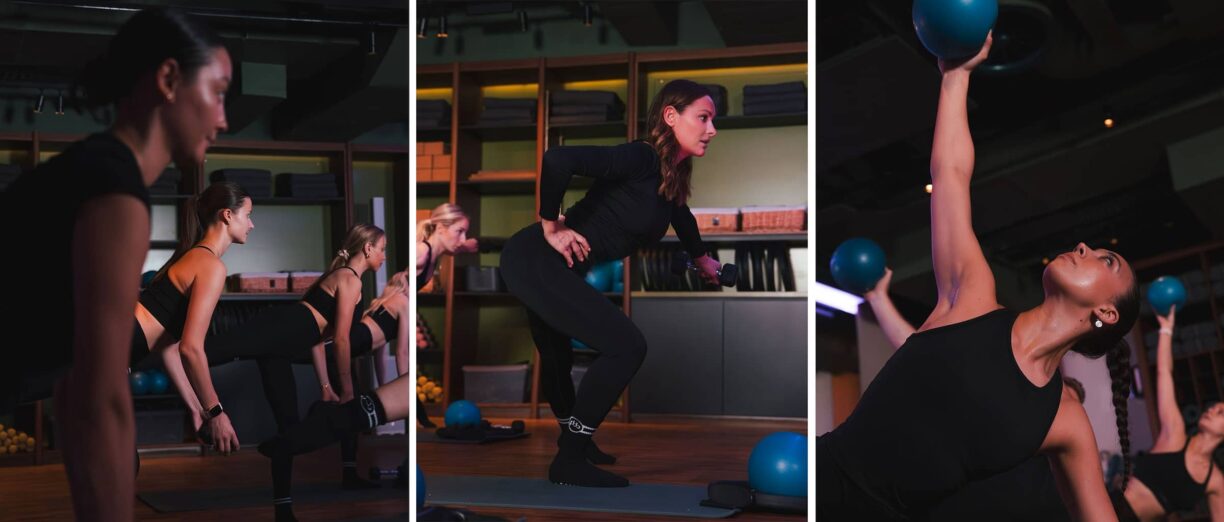‘Runners Face,’ where too much running causes a loss of volume in the face and makes the face appear to “fall off” (or to put it more palatably, when running makes your cheeks sag) can unfortunately be a downside to taking up this well-loved fitness regime.
Dr. Charlotte Woodward at River Aesthetics, one of the UK’s leading experts in the next generation of dermal filler explains: “Runners, as they age, get hit with a triple whammy of factors that are likely to contribute to ageing of the face.”
“Firstly, runners are likely to be slimmer than most people due to running. Everyone’s skin loses volume and elasticity as they grow older: thinness makes that volume loss all the more noticeable.”
“Secondly, sun damage as a result of regular exercise in the open air can also cause premature ageing of the skin. Finally, also consider the repeated pull and stretch on the skin, caused day after day, by the motion of running.”
Giving up her daily run wasn’t an option for Daisy Waugh, 56, but she did want to say goodbye to her ‘runner’s face’, so she signed up for a new collagen-boosting filler. Here she tells her story:
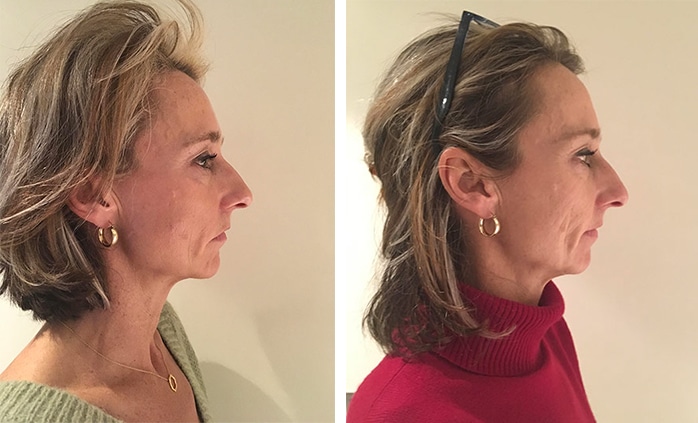
“Once upon a time, in my early twenties, I used to believe that anyone who ran anywhere, except to escape a marauding gangster, or to catch a bus, had to be off their rocker.
I still think joggers look silly when they jog on the spot at a pelican crossing, waiting for the lights to change. And I will never understand why they feel the need to wear quite so much skin-tight Lycra. But aside from that, I’ve had to change my tune, since I am now a regular jogger myself – and have been, ahem, for several years.
In the beginning, it was meant to be a temporary measure. I was invited to write an article for a magazine about climbing Mount Kilimanjaro.
At that point I was so unfit and smoked so heavily, I could barely climb the stairs without pausing for a breather on the middle landing. I was warned that unless I got fit before the trip I wouldn’t make it to the top. Worse than that, I might die.
The prospect frightened me enough to take out a trial membership at my local gym. Friends and family laughed. What? You? In a GYM? Ha!
I never did make it to the top of Kilimanjaro, but I did take up running. For 15 years I’ve run almost every day, not in a gym, but outside, for 45 minutes.
I work from home, and writing can be a solitary job. My daily five-mile run gets me out from behind my desk and it breaks up the day.
Running helps me to sleep, helps me to think more clearly, makes me better tempered and it stops me getting chubby. There are many excellent reasons to jog, not least among them that I enjoy it.
But I’m now 52 years old, and there comes a point in life where you have to make a choice, as a friend put it (less politely) recently, between figure and face.
Pile on a few pounds in middle age, as nature probably intended, and you may not have a figure you want to show off in biking shorts. But nor will you have a face that looks like a walnut. A bit of fat on the face helps to pad it out a bit; keeps the worst of the wrinkles at bay.
I had lately been looking, if not like a walnut, then certainly a bit haggard: noticeably more haggard than many friends of the same age.
My cheeks looked hollow, and the effect made me look kind of sad. I was lamenting this First World problem to an acquaintance who informed me, smugly, “It’s all that jogging you do.
You’ve got ‘runner’ face’.”Which sounded disgusting. I Googled it. And sure enough, ‘runner’s face’ is a thing. Too much running makes your face fall off. Or, to put it more palatably, running makes your cheeks sag.
As Dr Charlotte Woodward, Co-Medical Director of River Aesthetics and one of the UK’s leading experts in the next generation of dermal fillers, explains: “Runners, as they age, get hit with a triple whammy of factors that are likely to contribute to the ageing of the face.”
Firstly, she explains, runners are likely to be slimmer than most people, due to the running (without wishing to state the obvious).
“Everyone’s skin loses volume and elasticity as they grow older: thinness makes that volume loss all the more noticeable. Add to that the sun damage as a result of regular exercise in the open air (sweat cancels out the effects of sunblock).
And pile onto that the thing which is especially problematic for runners, the repeated pull and stretch on the skin, caused day after day, by the motion of running. Eventually, it’s going to take its toll…” At which point, your face falls off.
I’d had lots of Botox before, but that doesn’t fix sagging and I didn’t honestly think there was much to be done about it beyond having a facelift. But even the thought of it gives me the heebie-jeebies.
Happily, Dr Woodward reassured me at her clinic in Harley Street, that she could rescue the situation without resorting to anything so dramatic.
She recommended Ellansé, a new generation of dermal filler, whose effects can be seen immediately but (this is the point) whose true magic becomes fully apparent after three months.
“Ellansé is a new wave dermal filler which is made from a bio-absorbable collagen stimulator,” she explains, “Which means it provides both instant and gradual results.
You get increased volume immediately post-injection, but the volumisation and improved skin quality continue to develop over a period of three months, due to the natural production of collagen it creates.
The other bonus is that Ellansé can be placed at different depth levels within the sub-dermal layers of the skin which makes it very versatile.
It can be used for facial line improvement, to fill and correct wrinkles and folds, as well as volumising, contouring and sculpting the face.”
Charlotte smiles. She has undergone the treatment herself, is more or less the same age as I am, and looks about 15 years younger than I do. It was a no-brainer. She had me at hello.
The procedure takes less than an hour. It’s not terribly comfortable, involving syringe injections below cheekbones, temples and chin and the insertion of a rather more alarming two-inch cannula needle in the middle of each cheek, where most of the Ellansé action takes place.
This distributes the filler beneath the skin through a single puncture. But the treatment is done under local anaesthetic and without a doubt, the effects are worth the momentary discomfort. They really do get better and better.
All of which may sound too good to be true, except that three months on, I am sitting here now, gazing at the results and they really are good. Dr Woodward has put the chub back into my cheeks again! It’s subtle – but I look healthier, younger – and more cheerful. And I feel it, too.
Unlike many fillers, which are hyaluronic acid based, Ellansé, Charlotte tells me is a bio-stimulating dermal filler made of “aqueous carboxymethylcellulose (a derivative of cellulose) with synthetic PolyCaproLactone microspheres”
She reassures me that PCL microspheres have “an outstanding safety record, high viscosity and elasticity and impressive longevity due to their ability to enable the production of fresh collagen.”
The body’s natural response to foreign bodies is to stimulate the formation of collagen around the microspheres, she says, “and this makes it longer-lasting (up to four years) compared with a hyaluronic acid filler which is absorbed by the body in months.”
And because it’s your own collagen, the result looks more natural, she says.
It’s only available through specially trained injectors. Dr Charlotte Woodward is a highly experienced practitioner herself and also trains other aesthetic medical practitioners.
Will it last for two to four years, as promised? Only time will tell but I’d be happy to report back.”
Daisy’s Ellansé treatment cost £1400. Find Dr Charlotte Woodward at River Aesthetics in London, Dorset and Hampshire: www.riveraesthetics.com

